Placing the electrical wires inside a newly constructed house may seem like an easy task and more so if you are an experienced person and have undertaken similar jobs. But you would definitely agree that whenever you install house wiring, you take many precautions. At every step of the process, proper supervision is required to ensure that the electrical system has been properly installed.
We all know that electrical wires are substances that conduct electricity from one source point to the various house electrical appliances like fans, lights, fridges, etc. In most cases, large wire cables deliver current into a structure, and equal distribution takes place to all the plug joints within the building through smaller wires.
An electrician’s job is to see that the whole process takes place safely and that the installation is done aptly. They have some tips and tricks up their sleeves that help them work faster and better. Here are some of them to help you with house electrical wiring.
Straightening the Cables
It becomes easier to pull the home wiring cable (usually possessing a plastic sheath) through apertures in the framing if it is straightened out first. You can start by lifting some coils from the roll’s center and hurling them across the floor (as if you are tossing a rope). After that, straighten the cable as you walk along it. In this way, you can keep the wires in the plastic covering, which helps to keep things neater and simple to handle.
Keeping the Electrical Boxes Organized
Electrical works need different tools, and a box may get stuffed with various things. A compact and neatly packed box will help you complete a task quickly. You will not have to spend time looking for a switch or wire for house wiring.
Testing the Power Supply
Before you start, always double-check and test the wiring for any power supply inside the box you are handling. It’s a precautionary measure to prevent any calamity from happening like electrocution. Sometimes, even when you cut off the power supply, there may be another home wiring connected to a different circuit and thus can pose a threat of an accident.
Checking GFCI Outlets
Every year, ground fault circuit interrupters (GFCI) save many lives by detecting unsafe current flow and promptly cutting off electricity. However, the delicate circuitry within a GFCI frays out in about ten years. And the test button does not indicate a problem. So to inspect an older GFCI, one must use a tester having a separate GFCI test button.
Amp Rating
All electrical wiring and devices must have an amp or amperage rating. Before changing or installing wiring, you must have the proper amp rating for all the circuits. For instance, a 30-ampere circuit must have appropriate gauge wiring to avert a fire hazard.
Grounding the Wires
Grounding creates a safe channel for any excess electric current to flow in the event of a fault or other problem. You must be familiar with the grounding system and must follow the diagrams provided by the manufacturer.
Choosing the Right Wire
Before you commence any electrical work, you must know about the different types of wires and their applications. In the market, you will get fire-resistant, heat-resistant, industrial-grade, and many more sorts of cables. But if you know your work, you will pick the right one suitable for the task at hand.
Checking the Entire Wall Cavity
Every electrician’s box must contain a stud finder. It’s a must-have tool. After discovering the wall cavity through which you intend to push the wire, you should use a stud finder to scan the entire wall cavity for obstructions such as abandoned headers or any blockage. You will never want to discover the hard way that your cable can’t reach where you want it to.
Have Extra Wire to Maintain the Tension
Make sure that you have plenty of wire to pull through while fishing the cable to pull it towards you. It can be difficult to grasp a wire at times, yet once you have the grab of it, you will not want to lose it. It’s best to have at least six feet of excess cable to maintain the tension on the hook while you pull the wire through.
Sheath the Wire Cables First
You might think of doing it later, but it’s not easy that way. If you remove the sheathing first and then push the cables into the box, the process becomes much simpler.
KEI Industries – A Trusted Name in the Wire and Cable Manufacturing Industry in India
The basic need for any such electrical installation is wires, and you must buy them from a reliable source to prevent any mishap. You may know many tips and tricks, but if you do not have good cables, everything will fall apart. KEI Wires & Cables is a trusted name in this industry and has been relied upon by many since 1968. It produces wires for commercial or residential usage. So, for any future needs, you know whom to trust. It’s KEI Wires & Cables. For further detail, you may visit our website https://www.kei-ind.com/ and for any query you can mail us at info@kei-ind.com.








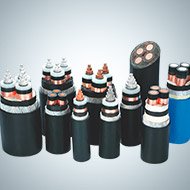
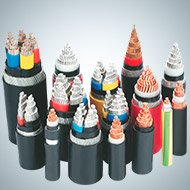

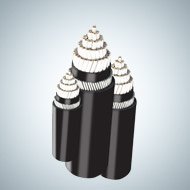

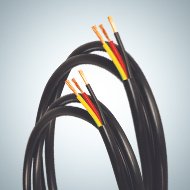
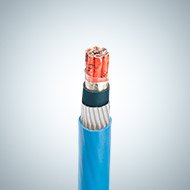

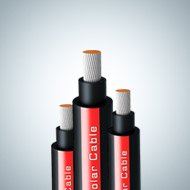
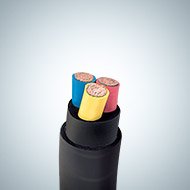
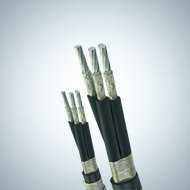
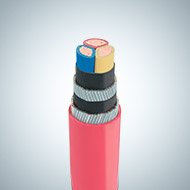


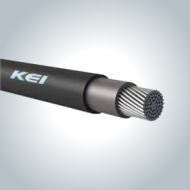
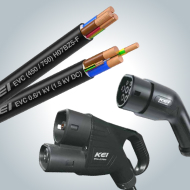
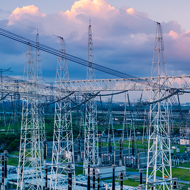



























 Subscribe Newsletter
Subscribe Newsletter